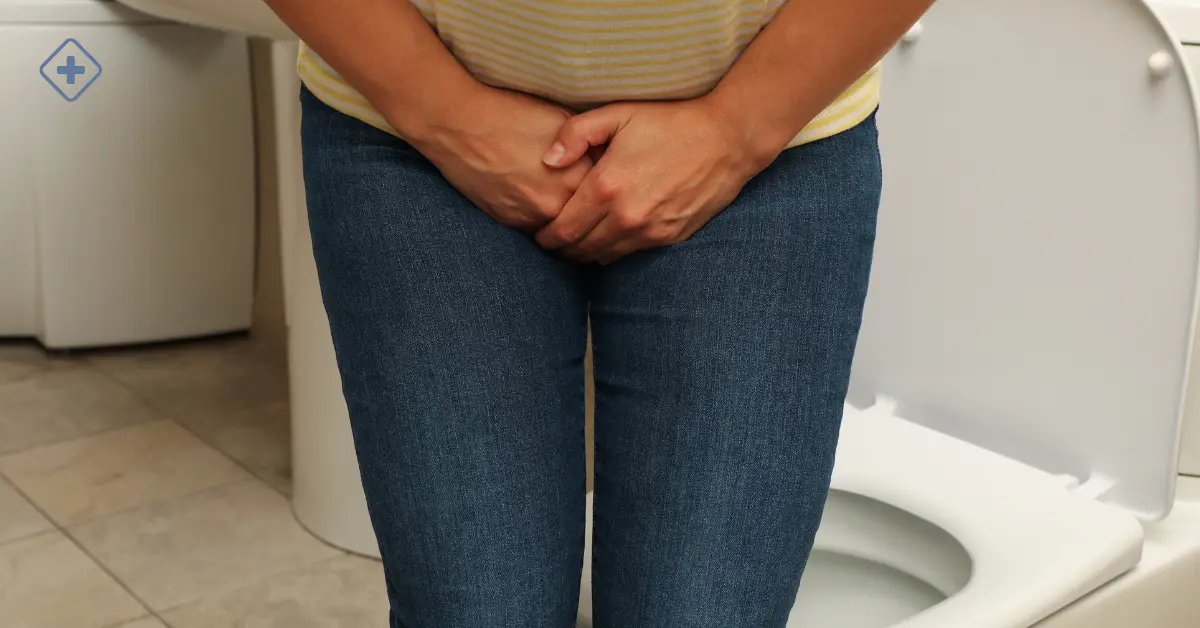
Urinary Tract Infections
They are common infections that occur when bacteria enter the urethra, usually from the skin or rectum, and infect the urinary tract.

Pyelonephritis, better known as urinary tract infection can occur in any part of the urinary system: the bladder, kidneys, ureters, and urethra. Most infections occur in the lower urinary tract (urethra and bladder).
Women are more likely than men to get a UTI. Infection that occurs in the bladder can cause pain and discomfort. If the UTI spreads to the kidneys, it can have serious consequences.
Doctors often treat UTIs with antibiotics, but you can take steps to lower your risk of getting a UTI in the first place.
Causes
Urinary tract infections usually occur when bacteria get into the urinary tract through the urethra and spread into the bladder; this happens when the urinary system's defenses fail.
Women have more probabilities of suffering urinary infections, affecting the urethra and bladder.
Bladder infection (cystitis) This type of urinary tract infection is usually caused by Escherichia coli, a type of bacteria frequently found in the gastrointestinal tract. However, there are times that other bacteria are responsible.
Sexual intercourse can cause cystitis; you don't need to be sexually active to get it.
Urethritis, infection of the urethra. It can occur when bacteria in the gastrointestinal tract spread from the anus into the urethra. Another cause of infection is the proximity of the female urethra to the vagina and sexually transmitted infections.
Symptoms
Signs and symptoms do not always appear in urinary tract infections. The following symptoms are the most common.
-
Burning sensation when urinating
-
Need to urinate frequently in small amounts
-
Cloudy-looking urine
-
Red or pink urine may be a sign of blood in the urine
-
Strong-smelling urine
-
Pelvic pain in women, especially in the center of the pelvis and around the pubic bone area
In older people, UTIs may be mistaken for other conditions or overlooked.
Risk factor's
-
Female anatomy
-
Sexual activity Sexually active women are more likely to have more UTIs
-
Some types of birth control, such as diaphragms and spermicides
-
Menopause. After menopause, the decrease in circulating estrogen produces changes in the urinary tract that make you more vulnerable to infection.
Other risk factors for UTI include:
-
Urinary tract abnormalities
-
Obstructions in the urinary tract
-
Depressed immune system.
-
Catheter use
-
Recent urinary procedure
Diagnosis of urinary tract infection
The Urologist will perform a physical exam, asking questions about your symptoms, lifestyle, and medical history.
Following are some of the possible tests that the Urologist could perform:
-
Urine analysis
-
Urinary tract bacteria culture test. This test allows the Urologist to see which bacteria are causing the infection and which medications will be the most effective.
Treatment for Urinary tract infection
Antibiotics are generally the Urologist's treatment for urinary tract infections. The medications he prescribes and the duration of consumption vary depending on your health and the type of bacteria present.
Simple infection
The following medications are usually recommended for uncomplicated urinary infections:
-
Trimethoprim/sulfamethoxazole (Bactrim, Septra or others)
-
Fosfomycin (Monurol)
-
Nitrofurantoin (Macrodantin, Macrobid)
-
Cephalexin (Keflex)
-
Ceftriaxone
In some cases, the Urologist may prescribe a fluoroquinolone medication if there is no other alternative.
Symptoms usually disappear after a few days of treatment. However, it is recommended to complete all treatment with antibiotics as prescribed.
In cases of UTIs without complications, the Urologist may prescribe an antibiotic for one to three days. Whether this treatment is enough to treat the infection depends on your symptoms and your medical history.
If required, the Urologist may prescribe a medication to relieve burning when urinating, but the pain usually subsides shortly after starting the antibiotic.
Frequent infections
Following are some of the recommendations in case of frequent urinary infections
-
Consumption of low-dose antibiotics, initially for six months, although sometimes it may be for longer.
-
Self-diagnosis and treatment only if you are in contact with the doctor.
-
Taking a single dose of an antibiotic after sex, if the infection is related to sexual activity
-
Vaginal estrogen therapy, in the case of postmenopause
Severe infection
Treatment with intravenous antibiotics is usually needed in a hospital.
Living with urinary tract infection
Some things to consider that could help you alleviate the discomfort.
-
Drink too much water; the water helps to dilute the urine and expel the bacteria.
-
Avoid drinks that can irritate the bladder, (coffee, alcohol, and soft drinks)
-
Use a warm thermal compress on the abdomen; this reduces discomfort in the bladder
¿When to see a doctor?
It's important to consult a specialist in Urology to diagnose a Urinary tract infection and to be able to start a treatment that helps you control the symptoms.
When consulting your Urologist, try to keep a record of your pain with a detailed description of the symptoms, duration, and what you think triggered them. Also, mention any medications you are taking.
Make your appointment with the doctor in case of presenting any of the characteristics and symptoms mentioned; or if you have been diagnosed with a Urinary tract infection and the symptoms get worse or the treatment does not work.
BlueNetHospitals - Hospital Los Cabos
BlueNet Hospitals
Health Library
Urology

Urinary Incontinence
The treatment of urinary incontinence varies depending on the type and severity of symptoms
Understanding Andropause: A Complete Guide
Andropause is primarily the result of a decrease in testosterone production
Hyperplasia
Hyperplasia is the increase in the production of cells in a healthy organ or tissue.
Male Infertility
Infertility occurs due to reduced sperm production, abnormal sperm function, or blockage that prevents sperm release.
- ¿Necesitas una cita con un Especialista?
- llámanos
- escríbenos
- Conéctate





